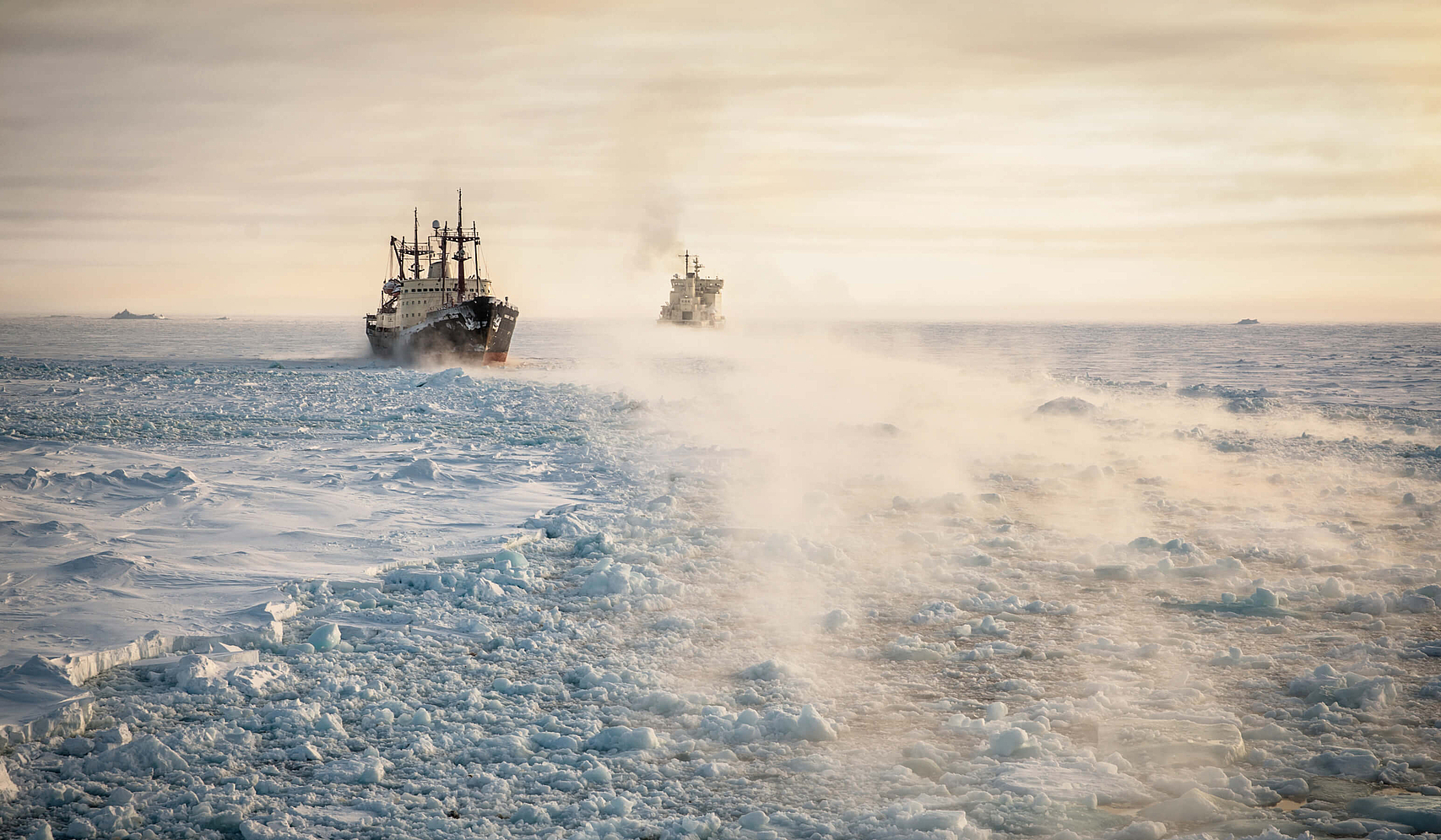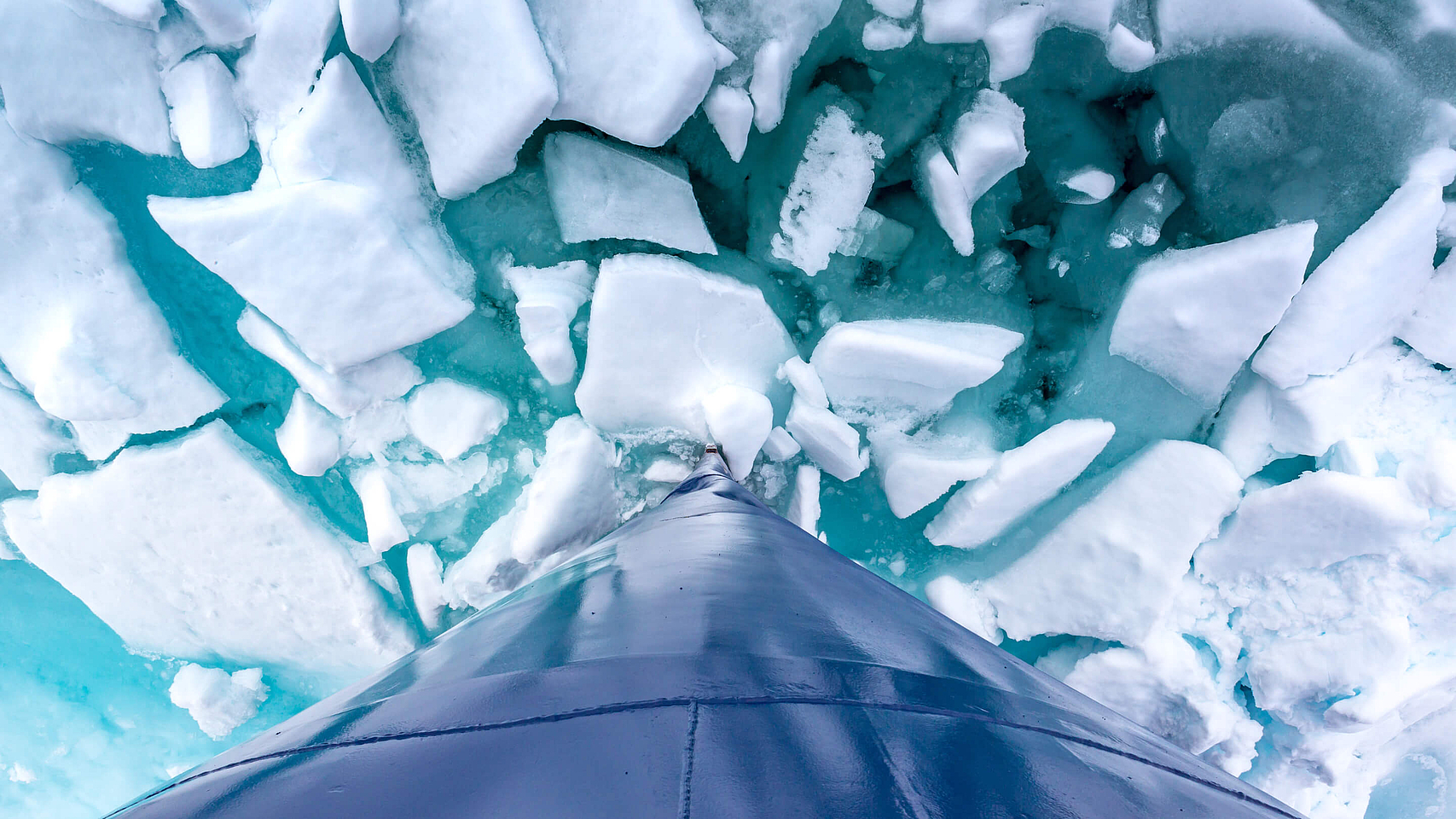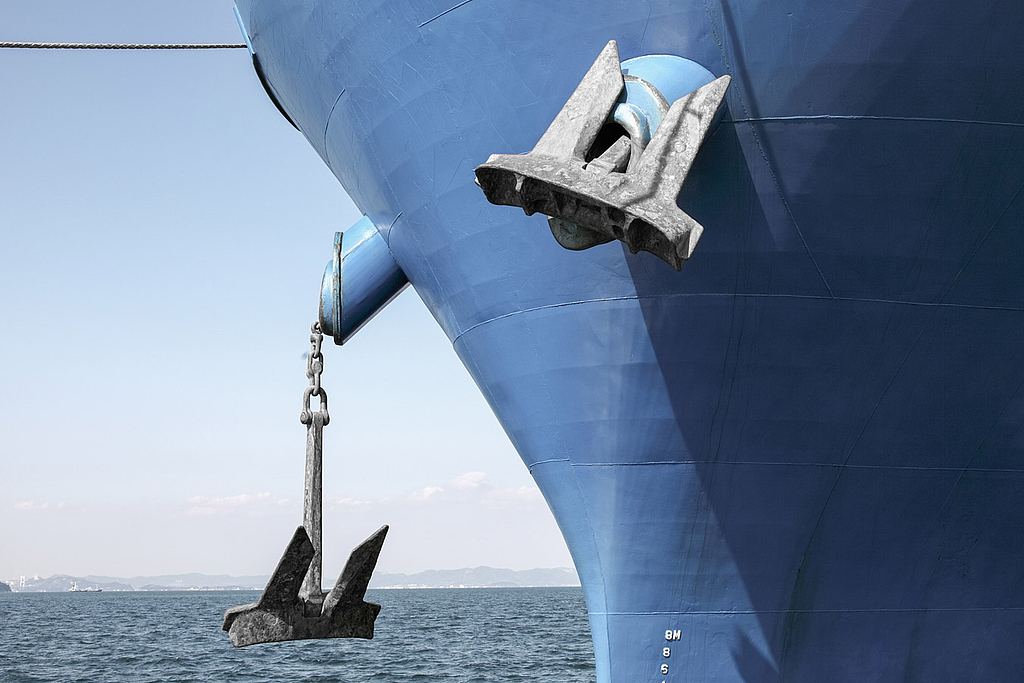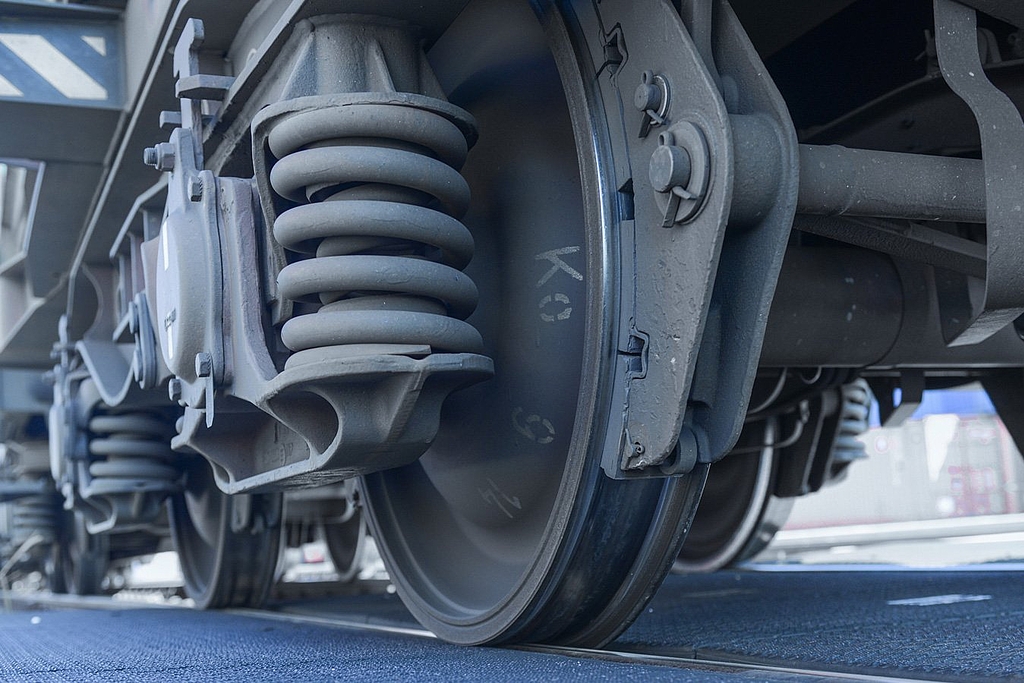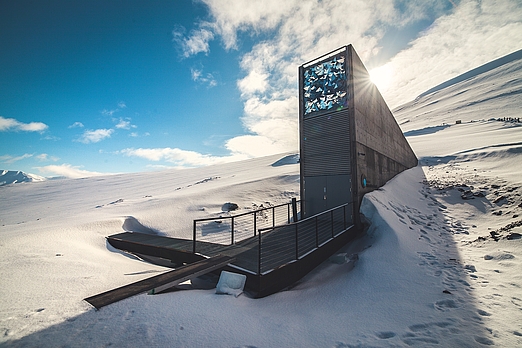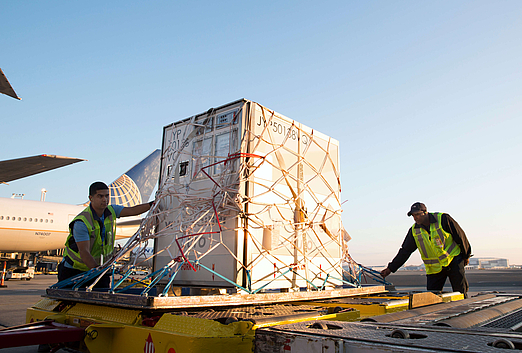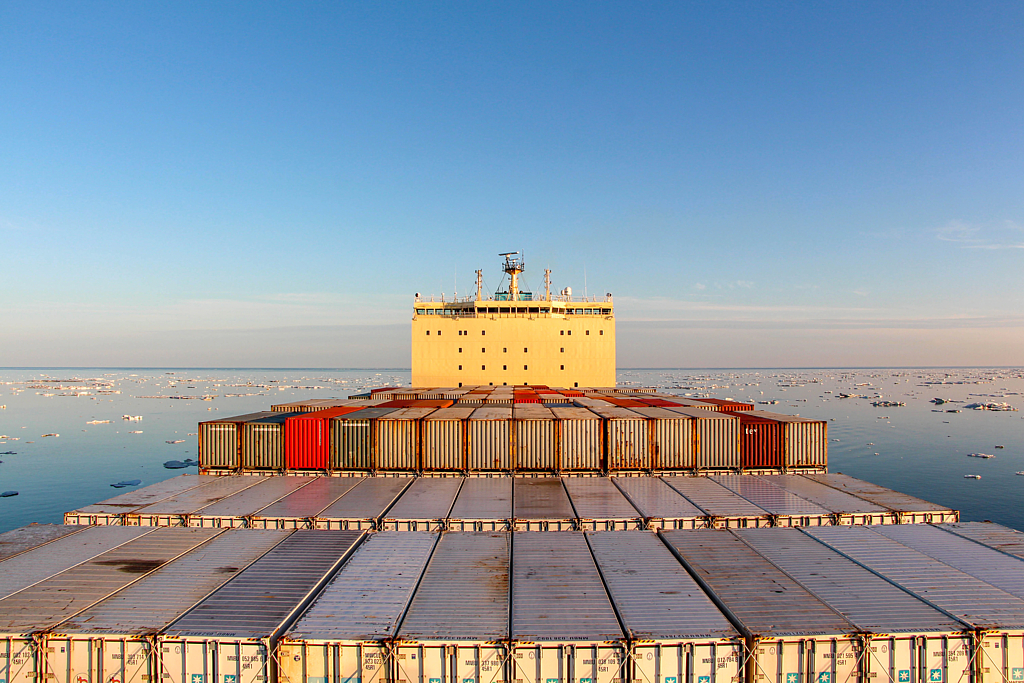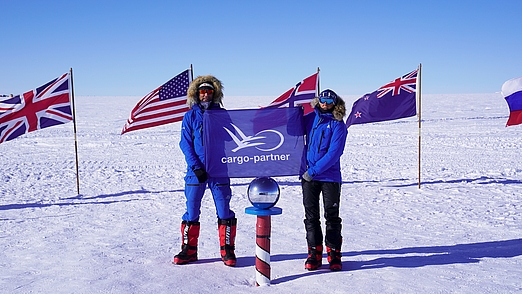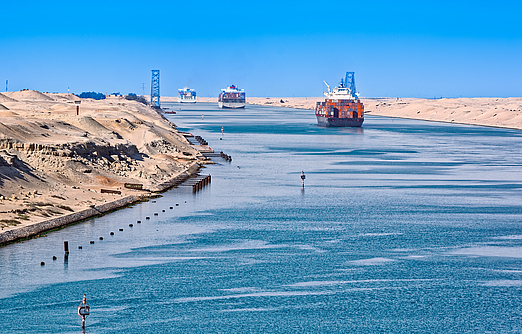Global warming expected to open up a shorter shipping lane between Asia and Europe
A shortcut through the Arctic?
- Facts
The Northeast Passage is the shortest maritime route from Europe to Asia. Its only drawback is that it is icebound and impassable for about half the year. Global warming is changing this by opening up new and in some cases unexpected possibilities for cargo shipping. And the recent attacks on merchant shipping in the Red Sea have made things even more interesting. Find out more about one of the world’s most remote and probably coldest nautical routes, a “new try” this summer, and why it is still far from being used regularly.
